Editorials
Six Horror Families to Visit Ahead of ‘The Vourdalak’

The director of The Vourdalak, Adrien Beau recommends six horror favorites.
Family is the ultimate encapsulation of society. It offers us a taste of the whole world, but at a molecular level – and is very convenient if you want to destroy the world via your storytelling. The Greeks knew it with their tragedies, and we’re still using it to this day.
The tale of The Vourdalak is about how a monster can destroy their relatives from within, feeding one by one on those they love the most. In our case it’s a fatherly, patriarchal figure who has transformed into something inhuman… but the horrible threat can come from elsewhere in the family unit.
Here, I share my five favorite horror films about that very topic…
HORROR FEATURING… THE FATHER AND MOTHER

Stanley Kubrick‘s The Shining, of course, is my definitive pick when it comes to fear of one’s father. Even if there’s nothing left to say about this masterpiece, it still deserves to be brought up. We are all somehow both Danny and Jack Torrance, even as our protagonist completely loses his mind.
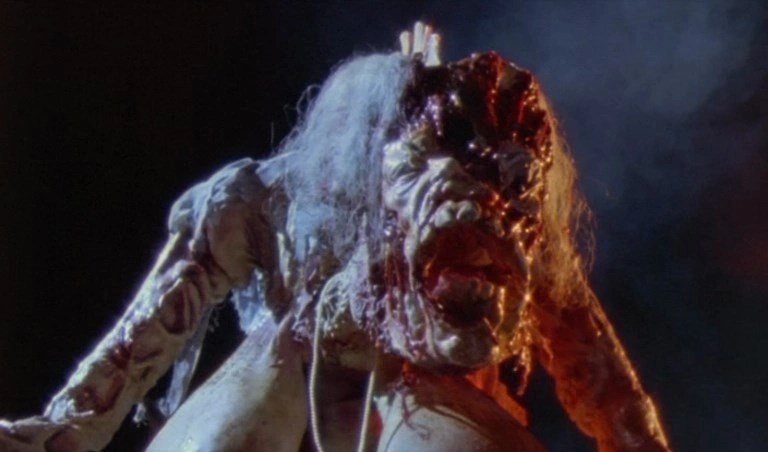
Similarly, there is so much to love about Peter Jackson‘s iconic family-centric gorefest Braindead / Dead Alive, wherein an overbearing mother, killed via a poisonous animal bite, returns from the dead, transforms into a giant rat creature, and begs her doting son to “come to mommy.”
In this sneakily-smart film, the Oedipal dynamic between mother and son has never been wilder — or gorier.
HORROR FEATURING… THE SISTER
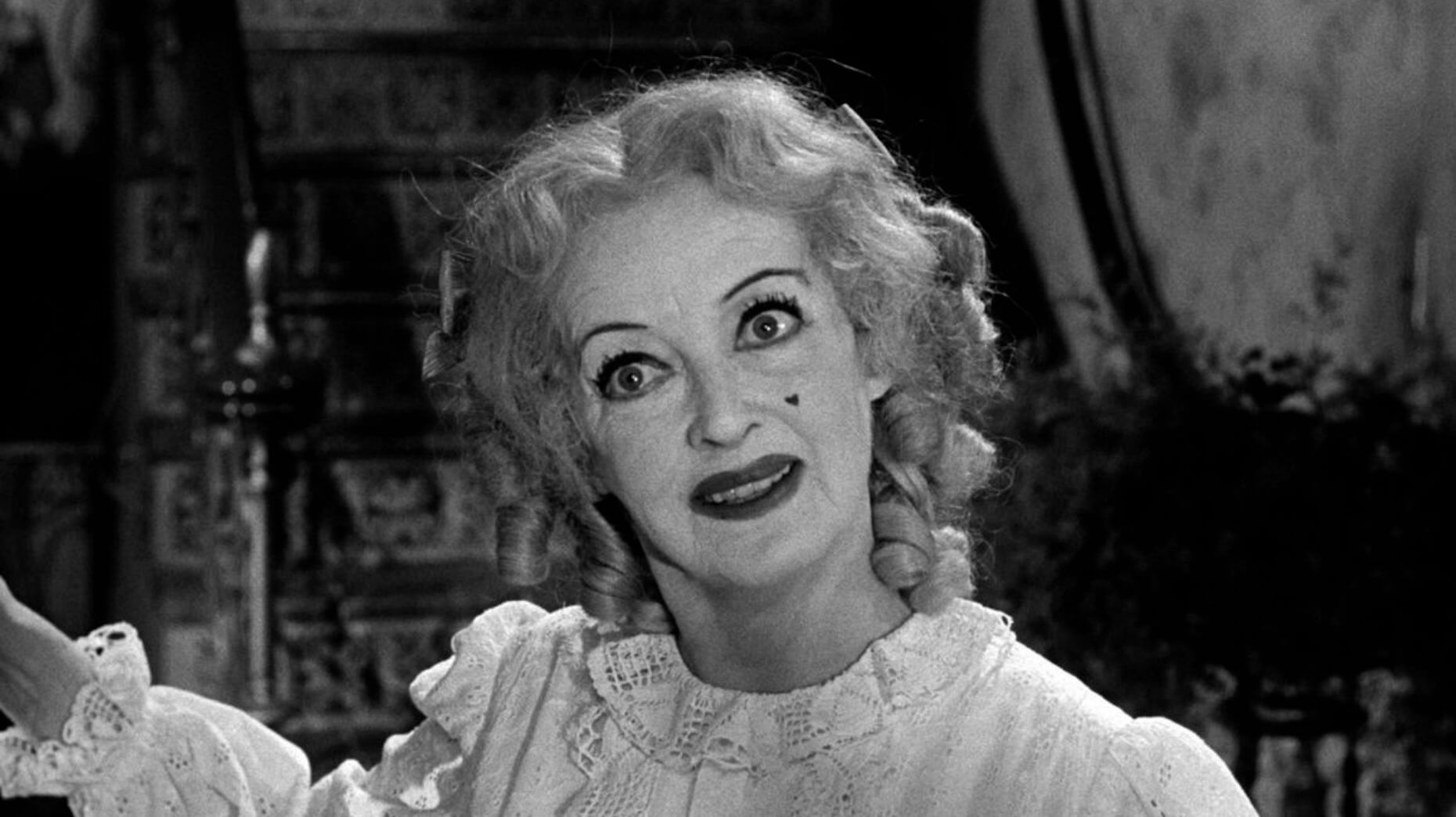
I’m absolutely fascinated by the character of Baby Jane Hudson, played by the great Bette Davis, in Robert Aldrich‘s Whatever Happened to Baby Jane. From her performance and detailed costuming to the song she repeatedly sings (“I’ve written a letter to daddy!”), this middle-aged woman dressed like a little girl, living almost solely in her memories while ghoulishly torturing her sibling, is just as shocking now as she was when the film was released back in 1962
I’m so grateful she has become such an icon of cinema – and I really hope I’m going to be like her when I get older.
HORROR FEATURING… THE DAUGHTER

When discussing horror films focused on the horror of one’s daughter, there’s nothing more terrifying than William Friedkin‘s masterpiece, The Exorcist.
A Catholic nightmare for women and mothers in particular, its story wisely focuses its first act on a modern woman who works full-time as a successful actress while raising her daughter on her own. She has very little time left to spend with her daughter, even though she loves her very much. But on the rare occasion that her attention is elsewhere, conservative Christian mythology sees that her baby girl cruelly transformed into something unsettlingly evil.
HORROR FEATURING… THE BABY

Roman Polanski‘s Rosemary’s Baby has a simple, perfectly effective message: The devil is here… in your building… in your neighbors… in your husband… and in your belly.
And nothing could be scarier.
AND FINALLY, HORROR FEATURING… THE EMBRYO

Ridley Scott‘s Alien is one of my favorite films of all-time, and a very eloquent and clever pro-choice manifesto. Forget the sequels and dive into the original’s message: It’s a brilliant feminist manifesto, sensitively depicting the fear of an unwanted pregnancy. Those eggs… those creatures, growing in the bellies of their hosts… that all-encompassing ship, which everyone refers to as “Mother”… and the blood of android Ash, which could very easily be interpreted as spilled mothers’ milk.
Even in the 70s, we already knew that some of us were just better off with cats.
The Vourdalak opens this Friday, June 28th, at New York City’s IFC Center with writer/director Adrien Beau in attendance. Limited tickets for the screenings are still available HERE.


Editorials
Looking Back on the Stop-Motion Nightmare of 1986’s ‘The Pied Piper’

Genre classifications tend to fall apart the further we look back in time. That’s why nearly all the original versions of classic fairy tales contain at least one bizarrely horrific element or another. From the Evil Queen’s cannibalistic intentions in Snow White to the Big Bad Wolf successfully devouring both granny and Little Red Riding Hood, even the most innocent stories featured a twinge of terror back when they were first created. However, there is one fairy tale that remains surprisingly dark even in its current iteration, and that would be the chronicle of The Pied Piper of Hamelin.
A simple yet memorable yarn about a pipe-playing stranger who takes revenge on the populace of medieval Hamelin once they fail to pay him for eliminating their rat problem, the story of the Pied Piper has influenced countless other works of art (even popping up as a recurring influence on the Slenderman mythos). That’s why I find it so surprising that there’s no definitive big-screen adaptation of the iconic story – unless you count stop-motion animation.
Enter Czech filmmaker Jiří Barta, a pioneer stop-motion animator working for Kratky Film in the early ’80s. Having already made a name for himself by contributing to a myriad of televised short films aimed at children, Barta and the humble studio wanted to branch out and create a large-scale project meant for older audiences. After some discussion, the director settled on a bold retelling of the Piped Piper, wanting to present the story in a way that would stay true to its Germanic roots while also taking inspiration from Viktor Dyk’s 1911 reinterpretation of the tale, Krysař (Rat-Catcher in Czech).
And so production began on a one-of-a-kind animated spectacle that would incorporate German expressionism and medieval artwork into its visual design. Over the course of a year, Kratky’s artists produced meticulously crafted puppets and locations meant to evoke wood carvings – as well as a rat infestation brought to life through taxidermized skins and the occasional use of live-action photography.
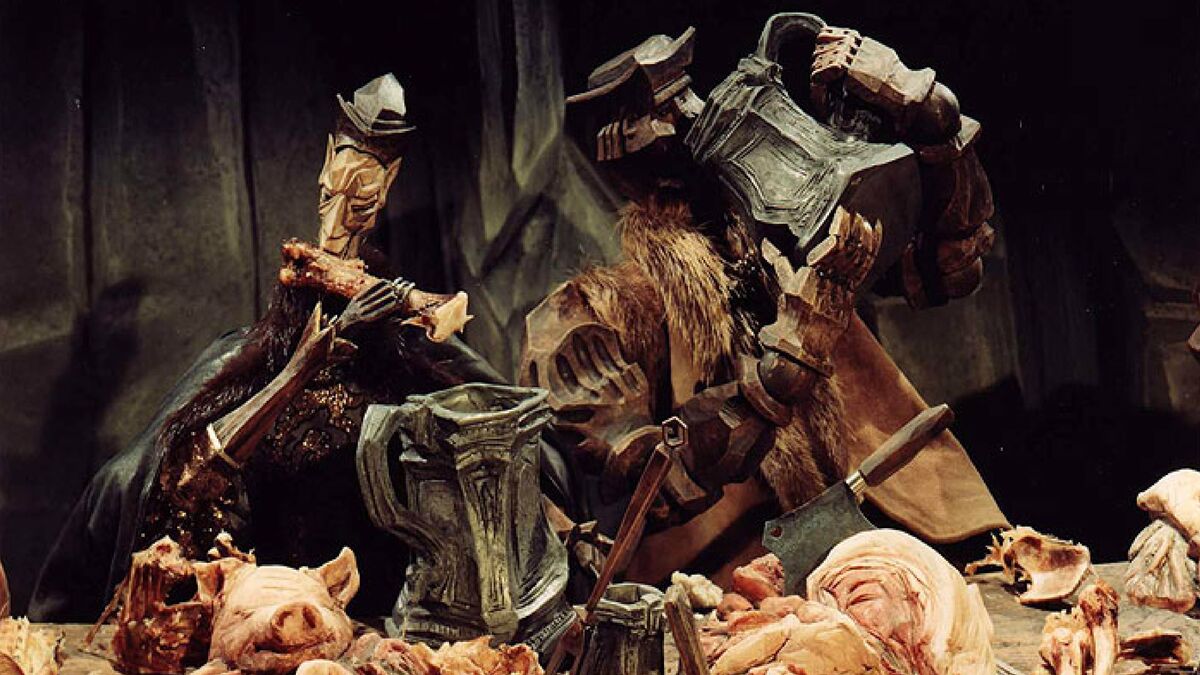
Not very appetizing.
In the finished film (which doesn’t require subtitles since the characters all speak in a fictional German dialect that we aren’t meant to understand), we follow the downfall of Hamelin as the wealthy townsfolk become corrupt in their miserly ways, with the bustling city eventually attracting a vicious swarm of rats. It’s only then that a pipe-playing stranger comes to town and is promptly hired to take care of the problem. Naturally, the Piper is soon betrayed, leading to a horrific comeuppance as the town faces the consequences of extreme avarice.
In 1986, Krysař (retitled to The Pied Piper in North America) would premiere to rave reviews, though this success remained mostly limited to the festival circuit and Eastern European theaters. It would actually take decades for the film to reach home video in America, with most Western cinephiles only coming across this landmark stop-motion fable through bootleg copies and international DVDs aided by the film’s lack of intelligible dialogue.
This aura of mystery may be partly responsible for the film’s enduring legacy as an obscure cult movie, with fans considering it one of the greatest hidden gems of all time, but it’s The Pied Piper’s exceedingly dark tone and imagery that really cemented its place as a classic.
While the general plot was faithfully recreated from familiar versions of the story, which is already one of the darkest fairy tales in existence (possibly due to its origins as an allegedly true horror story), it’s the flick’s deviations from its folkloric source material and the clear preference for Dyk’s bleak retelling that make it such a memorable experience.
For starters, the animated visuals actively enhance the story’s surreal undertones, making a serious experience that much more unsettling due to its whimsical presentation. Horrific moments like the murder and implied sexual assault of a sympathetic main character become downright disturbing when told through the eyes of wooden puppets, and the clockwork-inspired movements of the city folk reveal sinister implications about the inner workings of an oppressive metropolis.
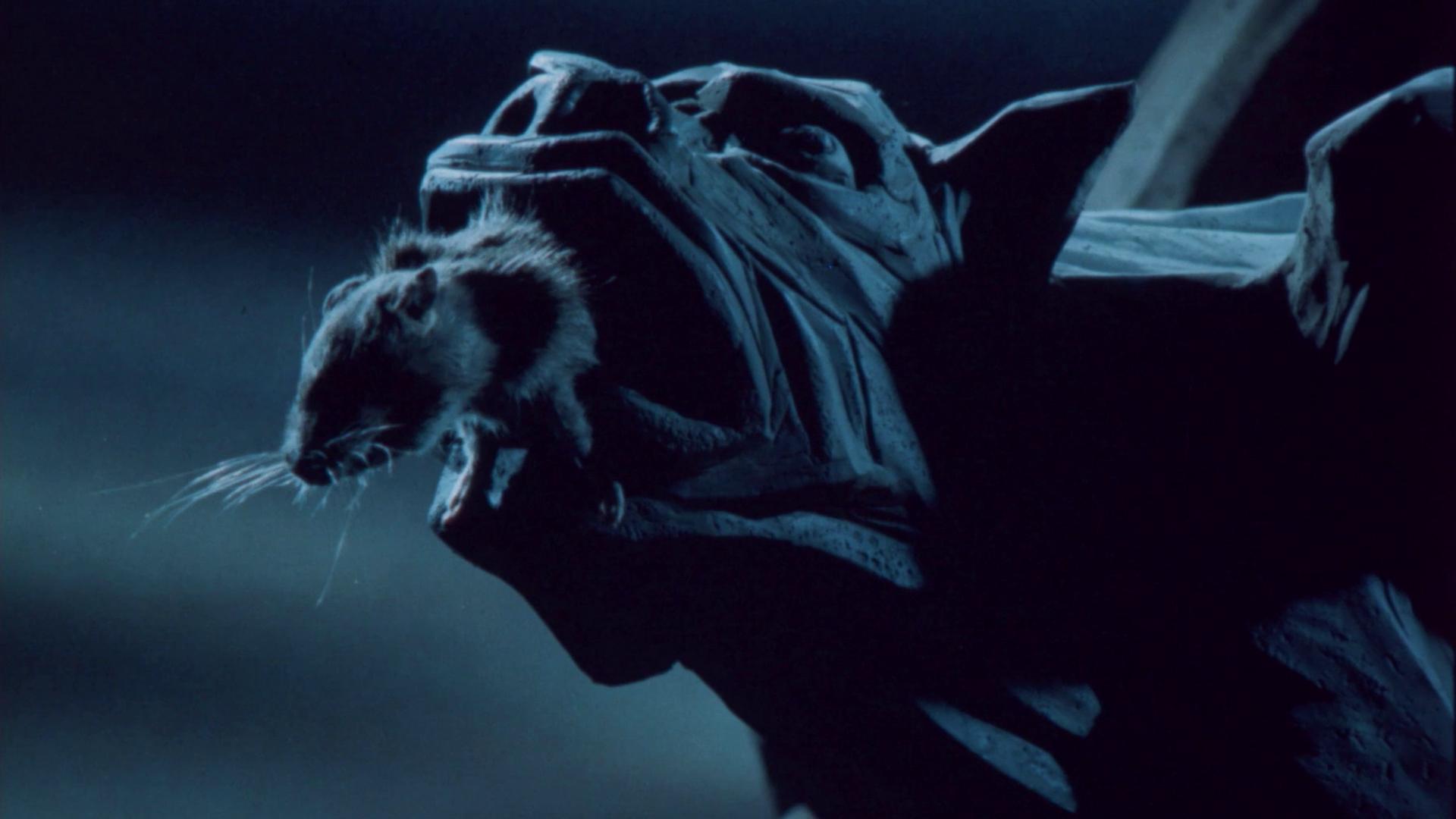
“Them filthy rodents are still coming for your souls!”
The rat plague itself is also incredibly unnerving, with the rodents’ organic design intentionally clashing with the mechanical feel of the rest of the film. The director originally intended for the vermin to feel more alive and sympathetic than the jaded inhabitants of Hamelin, but the use of real rat taxidermy also adds an additional layer of uncanny terror to the mix as the furry plague invades a mostly sterile production.
Of course, the scariest addition to Barta’s The Pied Piper comes from its grisly ending, which ditches the traditional climax of having the Piper kidnapping the local children and instead goes down an unexpected route of city-wide body-horror. I won’t spoil the details for those who still haven’t seen this wood-carved masterpiece, but suffice to say that the finale will stay with you long after the credits roll.
Like the legend that inspired it, The Pied Piper is much more than just a horror story. It’s an anthropological cautionary tale. It’s also a tragic love story, as well as a cathartic revenge yarn. But regardless of how you interpret it, it’s the overall brutality of Krysař that makes it so unique. That’s why I’m glad that the folks over at Deaf Crocodile have finally given the film the remastered Blu-ray release that it desperately needed.
And in a world where adult-oriented animation is finally getting the attention it deserves, with filmmakers like Guillermo del Toro championing the cinematic format as a medium rather than a genre, I think it’s worth looking back on Barta’s magnum opus as a poignant reminder that nightmares are not limited to live-action.

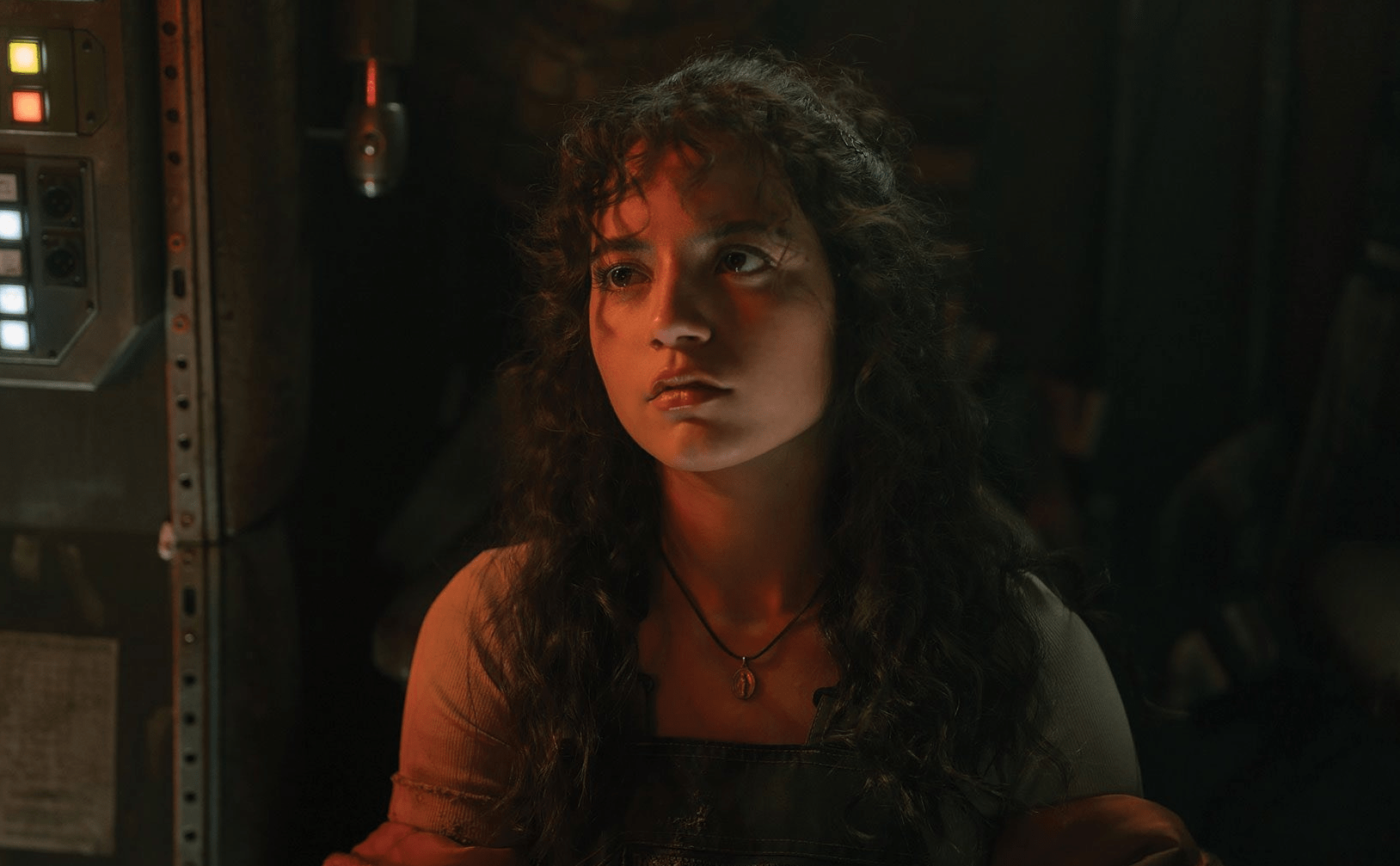
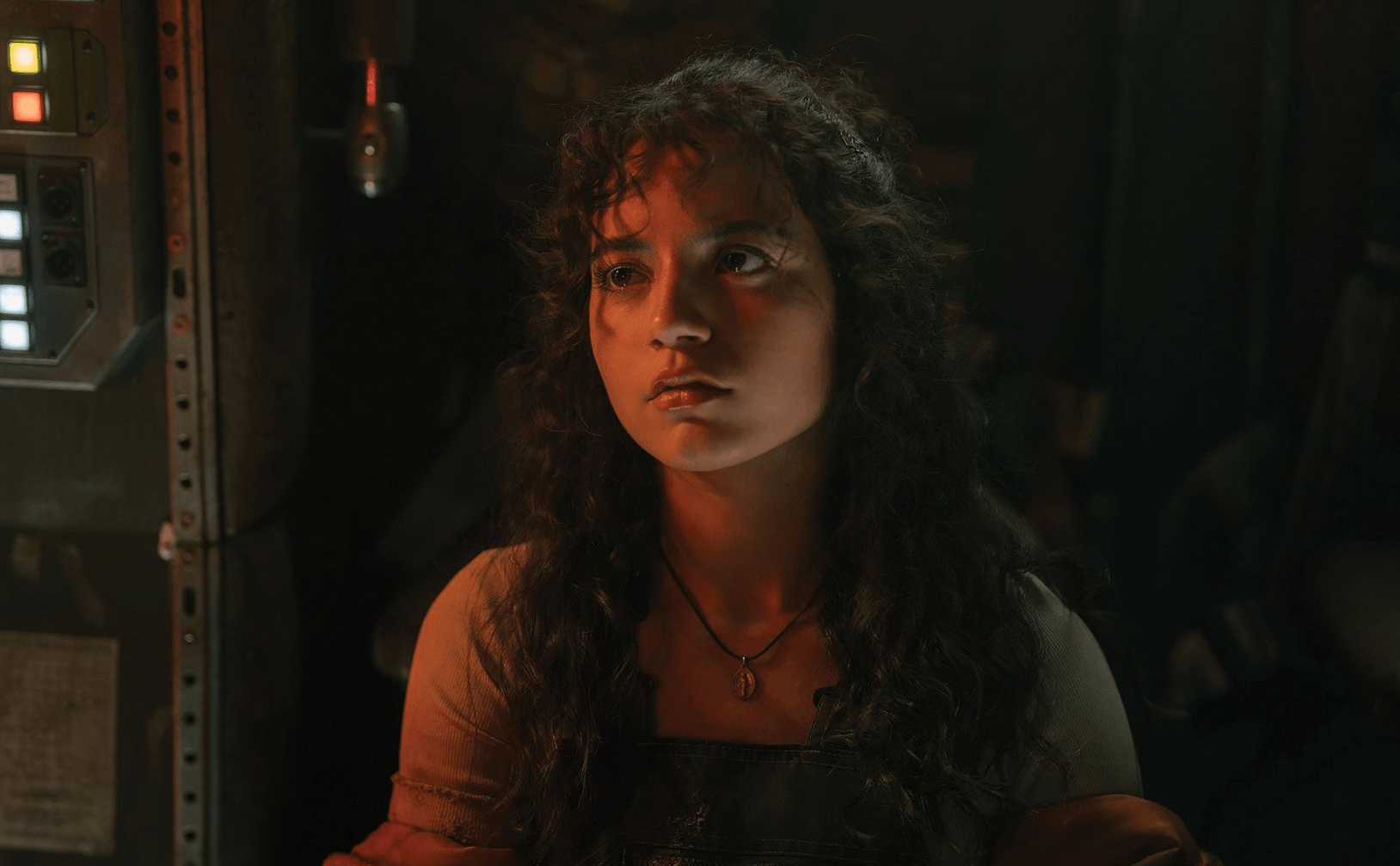








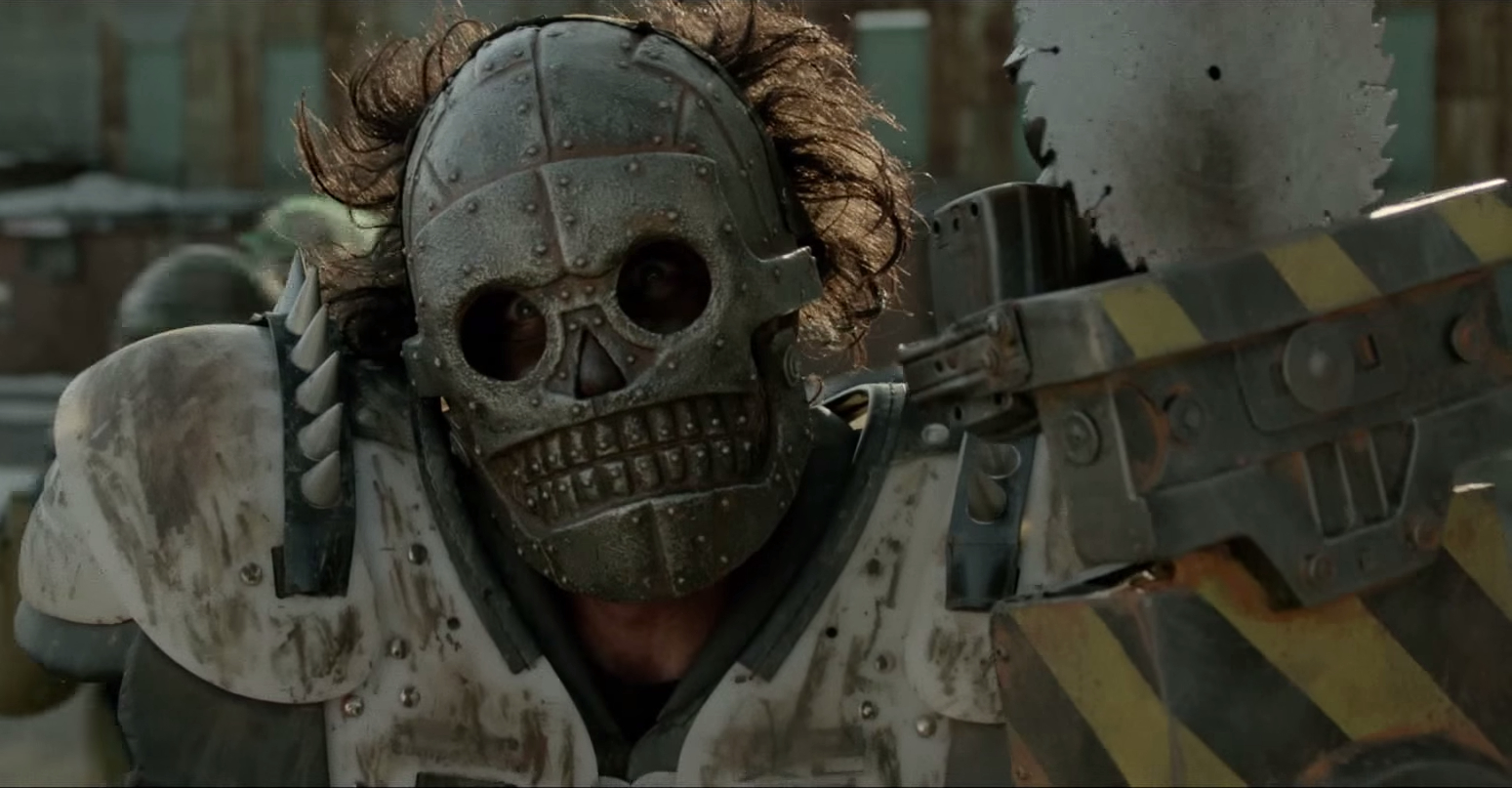


You must be logged in to post a comment.